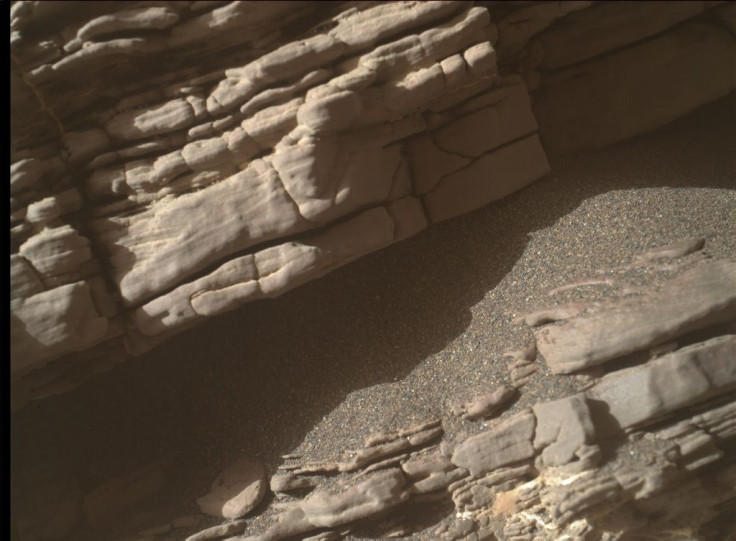NASA Photo Shows 'Fossil Shells' On Mars; Absolute Proof Of Life?

Finding life on Mars is one of the main objectives of NASA’s Mars mission. For years, scientists have tried to find any signs of life, be it existing or fossilized, but so far we’ve barely scratched the surface of this possibility.
Although the search continues, there have been significant discoveries already. The now-defunct NASA Mars rover Opportunity, for example, was able to discover the first meteorite on the planet. It also stumbled on the first real evidence that water once existed on Mars via river pebbles or “blueberries” made up of elements associated with water.
The Curiosity, on the other hand, was able to clock in the radiation of the planet and deemed that it would be dangerous for humans to start colonies without protection and was able to explore the diversity of Mars’ surface. It was also able to detect methane gas on the planet, an important ingredient that basically points to life on Mars.
The Mars Reconnaissance Orbiter (MRO) also played an important role in the whole mission, taking more than 200,000 images of the planet which are being used to know more about its surface. The MRO was able to detect the possibility of liquid water actually being present on Mars today.
Now, another photo which got not only scientists but also alien theorists excited is an image that seems to show “fossil shells” on the surface of the Red Planet. The photo, taken last year shows coils that look like fossilized Ammonites or coiled up shells, some of which have ridges. Ammonites are one of the most common shell fossils found on Earth.
This discovery would have been quite significant because then it would finally prove that oceans really did exist on planet Mars billions of years ago. However, this idea was instantly debunked by scientists from the University of Arizona who form NASA’s High-Resolution Imaging Science Experiment who handles the MRO.
In a tweet, it was shared that the coils are actually lava flows. The tweet stated: “In preparing for a presentation this afternoon, we’ll mention lava coils. They are found on Earth, but on Mars, they can be much, much larger. When two lava flows in opposite directions mingle and swirl, the coils are the hardened results. #TheMoreYouKnow.”
In preparing for a presentation this afternoon, we’ll mention lava coils. They are found on Earth, but on Mars they can be much, much larger.
— HiRISE: Beautiful Mars (NASA) (@HiRISE) July 16, 2018
When two lava flows in opposite directions mingle and swirl, the coils are the hardened results.#TheMoreYouKnow pic.twitter.com/WHsSTQBnl0
Even if the objects in question are not fossilized shells, however, it is still pretty interesting. Lava coils basically point that there are significant underground events happening in Mars that could prove very useful in the study of the planet.
© Copyright IBTimes 2025. All rights reserved.





















